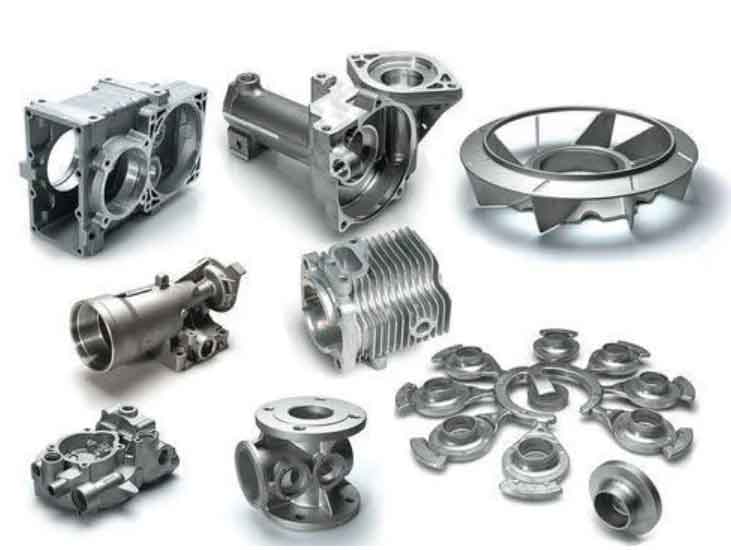
Corrosion resistance is one of the limitations of grey cast iron, as it is susceptible to various forms of corrosion in certain environments. The challenges related to the corrosion resistance of grey cast iron can be addressed through material selection, surface treatments, and proper design considerations. Here’s a closer look at the challenges and potential solutions:
1. Challenges:
The main corrosion challenges faced by grey cast iron are:
- Aqueous Corrosion: Grey cast iron is vulnerable to corrosion in the presence of moisture or aqueous environments. It can undergo general corrosion, pitting corrosion, and crevice corrosion.
- Galvanic Corrosion: In contact with dissimilar metals, grey cast iron can experience galvanic corrosion due to the formation of electrochemical cells.
- Acidic Environments: Grey cast iron may suffer accelerated corrosion in acidic environments.
2. Solutions:
Several strategies can be employed to improve the corrosion resistance of grey cast iron:
- Alloying: Adding certain alloying elements, such as copper, nickel, or chromium, can enhance the corrosion resistance of grey cast iron.
- Surface Coatings: Applying protective coatings, such as paints, epoxy coatings, or zinc coatings, can shield grey cast iron from corrosive environments. Cathodic protection can also be used in some cases.
- Galvanic Protection: When using grey cast iron in contact with other metals, employing galvanic protection techniques like sacrificial anodes can minimize galvanic corrosion.
- pH Regulation: In applications where the pH of the environment can be controlled, adjusting the pH to a less corrosive level can help mitigate corrosion.
- Corrosion Inhibitors: The use of corrosion inhibitors can provide an additional layer of protection against corrosion in specific environments.
- Proper Design: Design considerations such as avoiding sharp corners, reducing crevices, and providing proper drainage can prevent the accumulation of corrosive substances.
- Material Selection: In situations where corrosion resistance is critical, considering alternative materials like stainless steel or corrosion-resistant alloys may be a more suitable option.
It’s essential to consider the specific application and environmental conditions when addressing the corrosion resistance of grey cast iron. While grey cast iron has limitations in highly corrosive environments, its unique properties make it valuable in many other applications where corrosion is not a primary concern. By employing appropriate strategies and protective measures, grey cast iron can be used effectively in various industrial applications while mitigating its susceptibility to corrosion.
